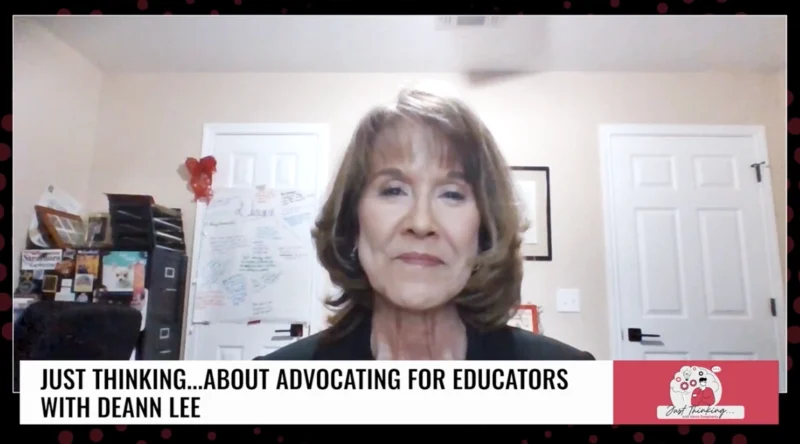The Global Supply Chain Chaos: Unveiling the Hidden Vulnerabilities
In today’s interconnected world, online orders and deliveries have become an integral part of our lives. We often take for granted the convenience of two-day shipping and a well-run supply chain that seamlessly brings products to our doorsteps. However, when a global event disrupts consumer behavior on a massive scale, the entire supply chain faces unprecedented challenges.
I had the opportunity to speak with Jens Holstebro, President of Front Row, about how their company has confronted these global supply chain obstacles head-on. Before the pandemic, the global supply chain operated predictably, with seasonal variations and human intelligence driving capacity needs and product throughput. The system seemed almost foolproof, incorporating historical data analysis and growth projections.
But then, in March 2020, the world was hit by an extraordinary phenomenon—a global pandemic that affected every country, society, and individual. Overnight, consumer habits transformed, with people working from home, buying more groceries, and even adopting pets. The sudden and simultaneous change in consumer behavior sent shockwaves through the supply chain, causing it to buckle under the immense pressure.
The gravity of this new reality brought about by the pandemic shifted the world economy and posed significant challenges to the supply chain. As millions started working remotely, the demand for home office supplies surged, including computers, headsets, and other related products. Additionally, individuals with newfound time on their hands indulged in activities like car shopping, leading to a surge in demand for vehicles.
However, the supply chain faced its limitations. While the demand seemed infinite, the capacity of planes, cargo ships, and other transportation modes was finite. The logistics network, responsible for smoothly transporting products from manufacturing hubs to end-users, encountered capacity issues. Limited containerships, trains, planes, and automobiles strained to meet the heightened demand, further complicating the situation.
As the world adapts to the evolving landscape, understanding the intricacies of the supply chain and its vulnerabilities is essential for businesses to thrive in this new era of consumer behavior. By staying informed and proactive, companies can proactively address supply chain disruptions and ensure a seamless flow of goods to meet the changing demands of consumers worldwide.



